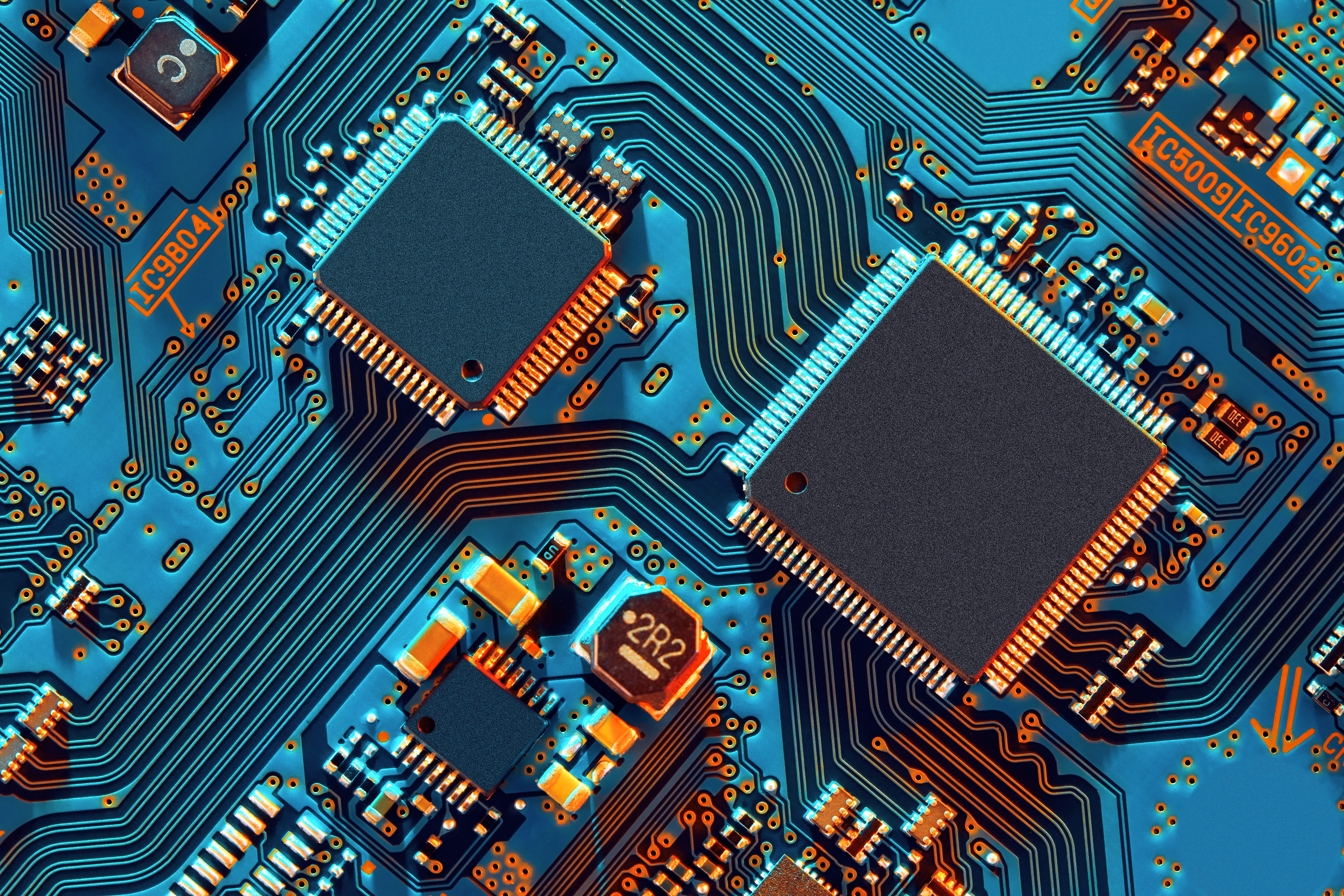In March 2025, global semiconductor manufacturer Arm rolled out a series of new technologies aimed at one of the fastest growing segments in the software industry—AI-powered mobile development. While Arm is best known for its low-power processors in mobile, IoT, and embedded devices, the latest announcements highlight its growing attention on software tooling to support emerging technologies. These include generative AI (GenAI), automotive software, real-time graphics, and mobile gaming.
One of the highlights from the company’s spring showcase was its enhanced support for generative AI in mobile game development. Creating immersive game worlds and character interactions has long been held back in the mobile games industry not just because of hardware limitations, but also time and budget constraints. For instance, it typically takes months or even years of work to develop more technologically sophisticated titles, hence why AAA titles are normally restricted to desktop devices and consoles.
However, Arm is now providing an expanded range of development tools to augment these complex creative pipelines with generative AI—all while taking advantage of Arm’s hardware, which currently powers the vast majority of smartphones. This is now possible thanks to tighter integration between Arm CPUs, GPUs, and NPUs (neural processing units) for handling on-device AI workloads to reduce reliance on cloud-based inference.
Consider, for example, a mobile game that adapts its environment and storyline based on how people play, generating new dialog, levels, and other aspects in real time. With the right APIs and support for generative models, developers can now build in a level of responsiveness that simply wasn’t possible before, all natively on Arm-powered smartphones and other devices. These use cases are no longer just theoretical—Arm demonstrated them in action during the Game Developers Conference in San Francisco this March, showcasing AI-generated in-game content being rendered directly on consumer-grade hardware.
Arm has also introduced its Accuracy Super Resolution (ASR), which is conceptually similar to nVidia’s Deep Learning Super Sampling (DLSS) and AMD’s FidelityFX Super Resolution (FSR) technologies. Arm’s ASR is notable for its ability to conserve battery life by dynamically upscaling visuals while reducing load on GPUs. To help developers adopt ASR more easily, Arm has released a plugin for Unreal Engine, and has announced plans for Unity later in 2025.
Arm’s latest innovations highlight the need to bridge the gap between increasingly powerful hardware and underlying software functionality. By helping bridge this gap, Arm promises to help teams build a new generation of AI-enhanced mobile games and other applications.
.png?width=1816&height=566&name=brandmark-design%20(83).png)



